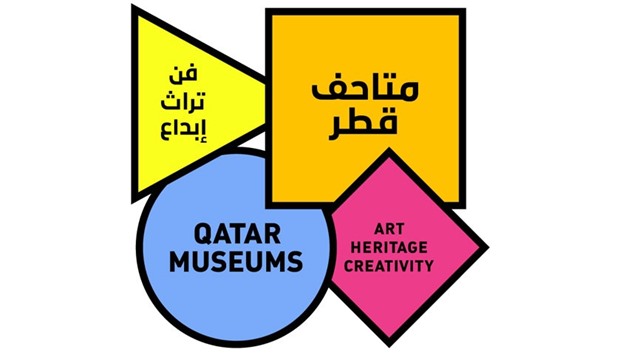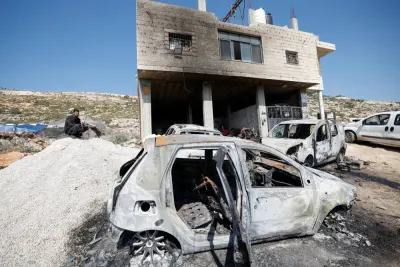Funding from Bank of America Merrill Lynch, one of the world’s largest supporters of arts and culture, will support the conservation of one of the most important masterpieces in MIA’s collections – a monumental stucco panel from the medieval Saljuk era of Iran – as part of the bank’s global Art Conservation Project.
This marks the first time a financial institution has partnered with QM and MIA. It is also the first time that funds have been directly linked to a specific item in MIA’s collection.
MIA’s acting director Daniel Brown stated that one of the key parts of MIA’s mission is to share ongoing research with the public in the forms of exhibitions, publications, and learning and interpretation activities.
“Now through this support from Bank of America Merrill Lynch, we will be able to present this stucco panel to the public while providing a completely new interpretation and revealing original and historic restoration methods. We are very pleased to be embarking on this new and exciting collaboration.”
Bank of America Merrill Lynch’s Middle East North Africa president Arshad Ghafur expressed pride in supporting the Museum of Islamic Art by helping to conserve an important piece of history, a monumental stucco panel from the medieval Saljuk era of Iran, for the learning and enjoyment of future generations.
“Our global Art Conservation Project is designed not only to conserve artworks, but also to educate communities and to help ensure understanding and respect for the varied cultures and traditions throughout the world.”
The panel features a compilation of the ’princely cycle’, detailing feasting, hunting, music-making and the enjoyment of nature in the traditions of Persianate art and culture. New conservation treatments have already revealed glimpses of as-yet unknown details of the composition, including previously partially-obscured and heavily restored figures, as well as new clues about the construction methods of the panel.
The panel at MIA is one of only three monumental stucco panels from the highly celebrated era of Islamic art history, and the only panel currently scheduled for permanent public display. The other two panels are currently in North America: one in storage at the Philadelphia Museum of Art, and the other belonging to a private collector. The panel at MIA will therefore be the only piece to be scientifically and rigorously examined and conserved.
In addition to the conservation of the stucco panel, the project will involve a variety of scheduled exhibitions, publications and the production of a wide range of interpretive and learning activities and materials. MIA will use the new data to produce enhanced information panels when the piece is unveiled in the MIA permanent galleries in late 2016, and also provide more accurate information in a monograph to be published in 2017.
The project will be led by the curatorial and conservation departments at MIA, with additional support from an archaeological illustrator from the University of Pennsylvania. Colleagues from University College London-Qatar and University College London will also work on the materials science analyses and 3D scanning, and learning and interpretation outputs will be developed with the MIA and QM Education teams.
MIA is a leading museum of Islamic art and centre of education and learning in the arts of the Islamic world. An iconic feature of the Doha skyline, it represents the full scope of Islamic art from three continents spanning 1,400 years. The superb collections and extraordinary exhibitions make MIA a centre of knowledge and inspiration that illuminates the world of Islamic art, and contributes to spreading this wisdom.



